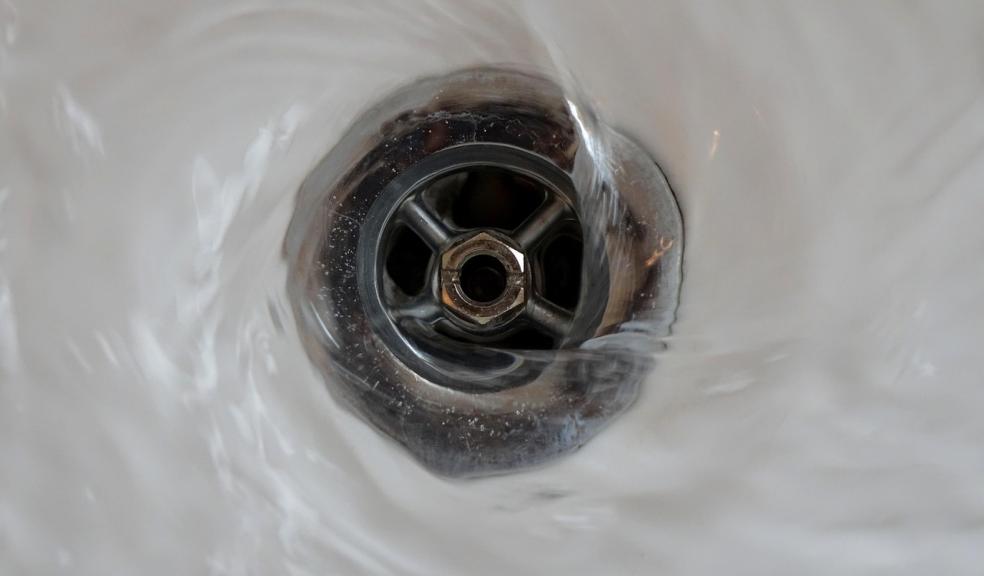
Essential Drain Checks for Homeowners
As a homeowner, you probably don’t spend much time thinking about your drains, until something goes wrong. But a little attention now and then can save you from unpleasant surprises later.
Clogged sinks, slow drainage, or even sewage backups often start with small issues that build up over time. The good news? You don’t need to be a drain specialist to keep things in check.
Here are the essential drain checks every homeowner should be doing regularly to keep their plumbing flowing smoothly.
1. Check for Slow Drainage
The first sign that something’s wrong is usually water draining slower than it should. If your sink, shower, or bath is taking longer to empty, that’s your cue to investigate.
What to do: Run water in each drain and time how quickly it clears. If it’s slow, try a natural solution like hot water and dish soap or a bit of baking soda followed by vinegar. If the problem persists, it may be time to use a drain snake or call a professional.
2. Inspect for Bad Smells
Unpleasant odours coming from a drain are never a good sign. They’re usually caused by trapped food, grease, hair, or even bacteria building up in the pipes.
What to do: Pour boiling water down the drain weekly to help flush out buildup. Try a mixture of baking soda and vinegar to neutralise smells. If the smell doesn’t go away, it could mean a deeper issue in the waste pipe.
3. Look Under the Sink for Leaks
Leaks don’t always announce themselves with a puddle on the floor. Sometimes it’s just a slow drip that quietly damages the cabinet under your sink or even the floorboards.
What to do: Open the cupboard and check the pipework, especially joints and seals. Run water and feel around for dampness or drips. Even a small leak should be fixed quickly to avoid mould and wood rot.
4. Lift the Drain Covers Outside
Outdoor drains are often overlooked, but they’re just as important as the ones indoors. Leaves, silt, and debris can block them up, especially in autumn and winter.
What to do: Carefully lift the drain cover and check for standing water or visible blockages. Remove any obvious debris and flush with a garden hose if needed. If water is sitting and not moving, that’s a red flag — it might need rodding or jetting.
5. Monitor Gurgling Sounds
That glug-glug noise when water drains isn’t just annoying, it’s often a sign of poor venting or an impending blockage.
What to do: Listen to your sinks, toilets, and showers. If you hear gurgling or bubbling, it could be air trapped due to a blockage forming. Early action (like flushing the system with hot water or using a drain unblocking tool) can prevent a bigger issue.
6. Keep an Eye on Your Toilet
Toilets can be surprisingly good indicators of wider drain problems. If yours is slow to flush, overflows, or bubbles when another tap runs, it could point to a blockage further down the line.
What to do: Make sure flushes are strong and complete. Watch out for rising water or repeated clogging. If the issue is affecting multiple toilets or sinks, it could be a main line issue.
7. Schedule a CCTV Drain Survey (Optional but Smart)
For older homes or if you’ve had past issues, a professional CCTV drain survey gives you a clear picture of your pipework. It can reveal hidden cracks, tree root intrusion, or recurring blockages. According to Pipeline Drainage Solutions, this should also be carried out if you are buying a house as part of the survey.
It’s a good idea if:
-
You’re buying or selling a home
-
You’ve had multiple drainage issues
-
Your home is over 30 years old and the pipework hasn’t been inspected in years
Your drains are out of sight, but they shouldn’t be out of mind. With a few simple checks each season, you can catch problems early, avoid unpleasant smells and blockages, and save yourself from expensive repair bills down the line. A bit of maintenance now really does go a long way. And if anything seems out of your depth, don’t wait until it turns into a major headache, a quick call to a drainage professional can often fix things before they get worse.









